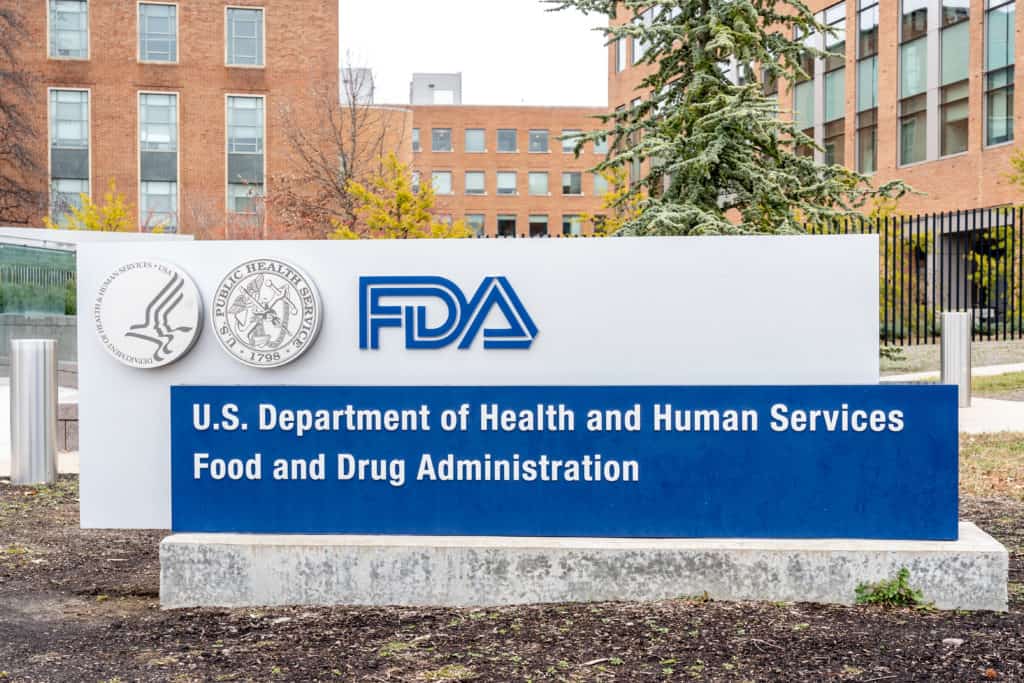
On August 31st 2009, a laboratory test by
the Georgia Department of Agriculture (GDA), found Listeria monocytogenes in a
sample of Eggo waffles.
Kellogg Co. recalled 4 production runs totaling nearly 4,500 cases of
Eggo products in total. The discovery of the bacteria lead to an FDA inspection
of the plant during the week of Oct 22nd 2009 and
subsequent warning letter issued in Jan 2010.
2009 – The Year Kellogg Leggo of the Eggo
During the FDA inspection, investigators collected
environmental samples from various areas in your facility. Five environmental
swabs tested positive for L.
monocytogenes. Pulsed Field Gel Electrophoresis (PFGE) testing
results determined that three of the environmental swabs had a PFGE pattern
that was indistinguishable from the positive sample collected by the GDA. This
is significant because these three swabs were taken from three different
locations in your facility…”
“…results reveal that L. monocytogenes may have been
transported throughout your facility and may have established niche areas to
colonize.”
What is Listeria? – The Zombie
Bacteria.
Listeria is a bacteria that comes in lots of different flavors. It is
thermally activated, that is to say Below 4 degrees c it can’t make a flagella
to move… Once activated, Listeria latches onto nearby healthy cells injects
its poison and essentially takes over the host. Listeria then usurps the
cytoskeleton of the host cell to move and further spread. Freaky!
If you ever ingest this zombie bacteria, usually your body identifies it and
kills it. If your immune system can’t kill the bacteria on its own most cases
are resolved oral anti biotics and a few days close to a toilet. If you get an
aggressive strain you might have to get an intravenous antibacterial and may be
hospitalized for at least 2 weeks. A listeria infection can be very
serious for people with weaker immune systems and can cause meningitis or even
Death.
Back to Eggo
Fortunately, no one even got sick from the 2009 Eggo recall. But it did
raise concern that the production process had some serious quality and
traceability issues. Why wasn’t the contamination caught sooner? And why did
the issue stretch across multiple batches and two product lines? I am
sure that the quality teams worked extremely hard to resolve the issues and
implement protective guards for the future. Earlier this year, their work to
improve quality control and traceability paid off.
2016 – A bigger threat,
with tighter containment.
On September 20th 2016 Kellogg Co. announced a voluntary recall
of two production runs totaling 10,000 cases of Eggo waffles due to possible
listeria contamination. A potential issue in a cleaning process introduced risk
of Listeria monocytogenes. There are two important things to note here.
1. Eggo quality control
processes improved
It was never reported that Listeria was actually found in the 2016 Eggo
recall
In Kellogg’s words:
“The recall is a result of tests, which identified the potential for
contamination and a gap in our sanitation process.”
The recall was initiated because their quality process discovered a
potential contamination risk. I imagine the Eggo production team had an
improved system in place to catch contamination risks and trace them to end
products. Think of how much trouble they would have saved themselves if they
had the same system back in 2009?
2. Eggo traceability improved.
When compared to the 2009 recall, the 2016 recall included more than double
the product, -4,500 cases in 2009 and 10,000 cases in 2016-. However, the 2016
recall was contained within only two production runs of a single product, while
the 2009 recall involved 4 production runs and two Eggo products.
In summary, Eggo’s improved manufacturing traceability system allowed them
to more accurately pinpoint affected batches, even though their batch sizes
were larger. Way to go Eggo!
We all have our industry specific threats to Manufacturing Quality.
Listeria is a challenge especially for food manufacturers that deal with
refrigeration since the bacteria prefers cold, wet environments with food
sources. However, each industry segment of the Life Sciences has its’ own
specific challenges that demand traceability.
Pharmaceutical, Biotech and Dietary Supplement manufacturers all require
traceability to avoid contamination across all process activities. Medical
Device manufacturers need traceability manage complex, revision-controlled
assemblies, especially when it comes to post market fleet management.
No matter what niche area of manufacturing regulated by the FDA you operate
in. There is such a high consequence for poor traceability. You have to watch
your risk areas like a hawk, and, if you ever find something out of spec in
that area you need to be able to instantaneously put your arms all the way
around the potential threat.
Traditionally, the only way to achieve traceability was to build extremely
rigorous process control into a decaying method –
paper. I meet people all the time that feel like manual, paper-based
traceability is just the way things are. They hate it, but they feel there is
not a better way.
Somehow the logic persists that: If we write everything down, then somehow,
we will be able to connect the dots as we dig through filing cabinets to get
full traceability around any potential issue. I guess that if every record is
stored, accurate, complete, legible, and I have enough time to filter through
them manually then paper
can
provide the traceability you need. But at best paper is slow and at its
worst you might find yourself in a 2009 Eggo recall situation.
Fortunately, there is Software designed specifically for the unique quality
and regulatory business challenges of Life Science Manufacturing.
People tend think that manufacturing traceability software is exclusive.
They think that electronic batch record and computerized material traceability
tools are reserved only for the top Life Science manufacturers traded on the
NYSE.
That is simply a misconception.
I have been on the production floor of Life Sciences Manufacturing running
CFR 21 part 11 electronic batch records with advanced, barcoded inventory
management at companies with as little as 6 employees. The technology is
available for all Life Science Manufacturers to leverage traceability
automation. Traceability improvement is main difference between Eggo’s 2009 and
2016 recalls.


Leave a Reply